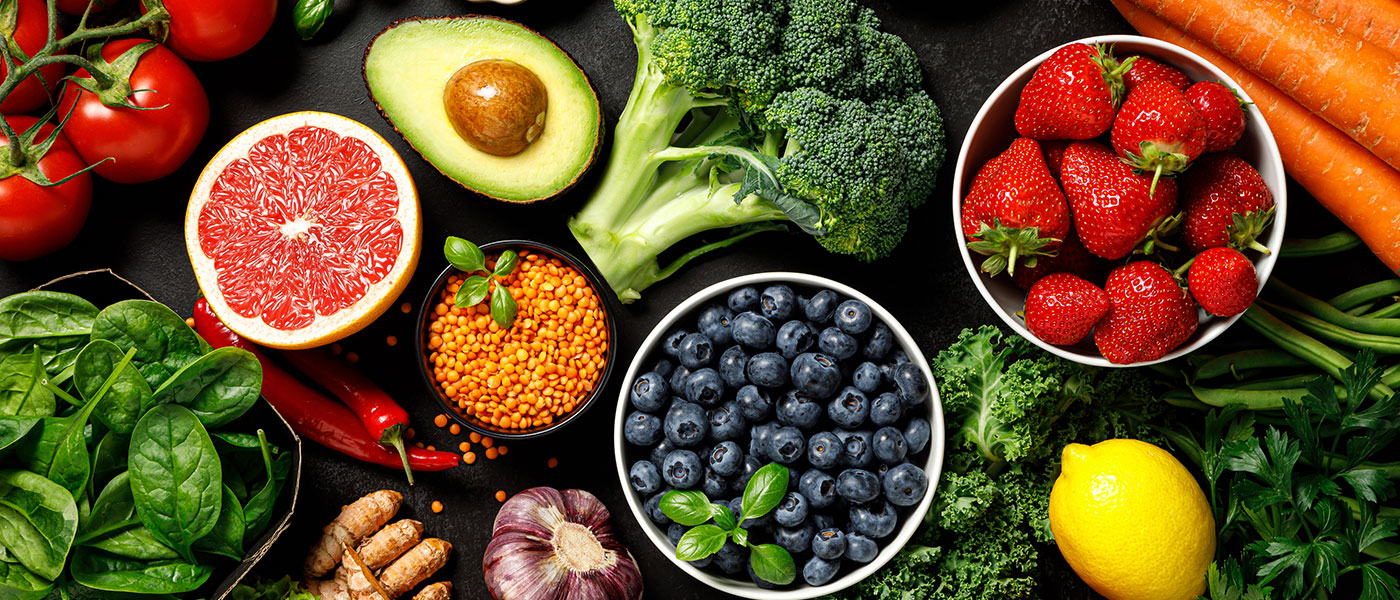
When you're on Semaglutide, focusing on a nutritious, balanced diet can enhance your results and overall well-being. Semaglutide, a medication commonly used to manage type 2 diabetes and promote weight loss, works best when paired with mindful eating habits. To help you get the most out of your treatment, here are 12 items you should consider adding to your grocery list.
1. Lean proteins like chicken and turkey
Lean proteins are crucial for maintaining muscle mass and keeping you full longer. Opt for skinless chicken breasts, turkey, and other lean cuts. These proteins provide the necessary building blocks for your body without adding excessive calories or unhealthy fats.
2. Leafy greens
Leafy greens such as spinach, kale, and arugula are low in calories but high in essential nutrients like vitamins A, C, and K, as well as fiber. They help maintain blood sugar levels and promote satiety, making them perfect additions to your meals.
3. Fresh vegetables
A colorful assortment of fresh vegetables like bell peppers, broccoli, and carrots provides a rich source of vitamins, minerals, and fiber. They support overall health and aid in weight management by offering bulk to your meals without adding many calories.

4. Whole grains like quinoa and brown rice
Whole grains are packed with fiber, which helps regulate blood sugar levels and keeps you feeling full. Quinoa, brown rice, and whole wheat bread are excellent choices. They also provide essential nutrients like B vitamins and iron, supporting your overall well-being.
5. Healthy fats like avocados and olive oil
Healthy fats are vital for heart health and can help you feel satisfied after meals. Avocados, olive oil, and nuts are excellent sources of healthy fat. These fats can improve your lipid profile and support the absorption of fat-soluble vitamins.
6. Beans and legumes
Beans and legumes, such as black beans, lentils, and chickpeas, are rich in protein, fiber, and essential nutrients. They help in stabilizing blood sugar levels and can be a great meat substitute in various dishes, contributing to a balanced diet.
7. Fresh fruits
Fruits like berries, apples, and oranges provide essential vitamins, minerals, and fiber. They also have a lower glycemic index than other sweet treats, making them a healthier option for satisfying your sweet tooth without causing significant spikes in blood sugar levels.
8. Fatty fish like salmon and mackerel
Fatty fish are high in omega-3 fatty acids, which are beneficial for heart health and can help reduce inflammation. Salmon, mackerel, and sardines are excellent choices. Including these in your diet can improve your lipid profile and support overall cardiovascular health.

9. Low-fat dairy or dairy alternatives
Low-fat dairy products like yogurt, milk, and cheese provide calcium and protein without excessive saturated fat. If you're lactose intolerant or prefer non-dairy options, consider almond milk, soy milk, or lactose-free products that still offer essential nutrients.
10. Nuts and seeds
Nuts and seeds, such as almonds, chia seeds, and flaxseeds, are excellent sources of healthy fats, protein, and fiber. They can help keep you full and provide essential nutrients that support overall health. Sprinkle them on salads, yogurt, or oatmeal for an added nutritional boost.
11. Low-sodium versions of various items
High sodium intake can lead to increased blood pressure and other health issues. Opt for low-sodium versions of canned goods, soups, and snacks. Reading labels carefully can help you make better choices that align with a heart-healthy diet.
12. Lots of water and herbal teas
Staying hydrated is crucial for overall health and can aid in weight loss. Water should be your primary beverage, but herbal teas can also be great. They provide hydration without added calories or sugars, and certain teas, like green tea, can offer additional health benefits.

Tips for shopping and meal prep:
- Plan Ahead: Before heading to the grocery store, plan your meals for the week. Make a list of ingredients you need to avoid impulse purchases and ensure you have everything on hand for nutritious meals without caving into temptations.
- Read Labels: Pay attention to food labels to avoid added sugars, unhealthy fats, and unnecessary additives. Choose whole foods as much as possible.
- Prep in Advance: Spend some time each week prepping ingredients or meals. Wash and chop vegetables, cook grains in bulk, and portion out snacks to make healthy eating more convenient. This will help you avoid reaching for unhealthy snacks when you feel cravings.
- Stay Hydrated: Drink plenty of water throughout the day. Sometimes, thirst can be mistaken for hunger, leading to unnecessary snacking.
Embrace a balanced diet for maximum benefits
Combining Semaglutide with a nutritious and balanced diet can significantly enhance its effectiveness in managing diabetes and aiding weight loss. By incorporating these 12 items into your grocery list, you're setting yourself up for success on your health journey. Remember to consult with your healthcare provider for personalized advice and to ensure that these dietary choices align with your specific needs and health goals.



